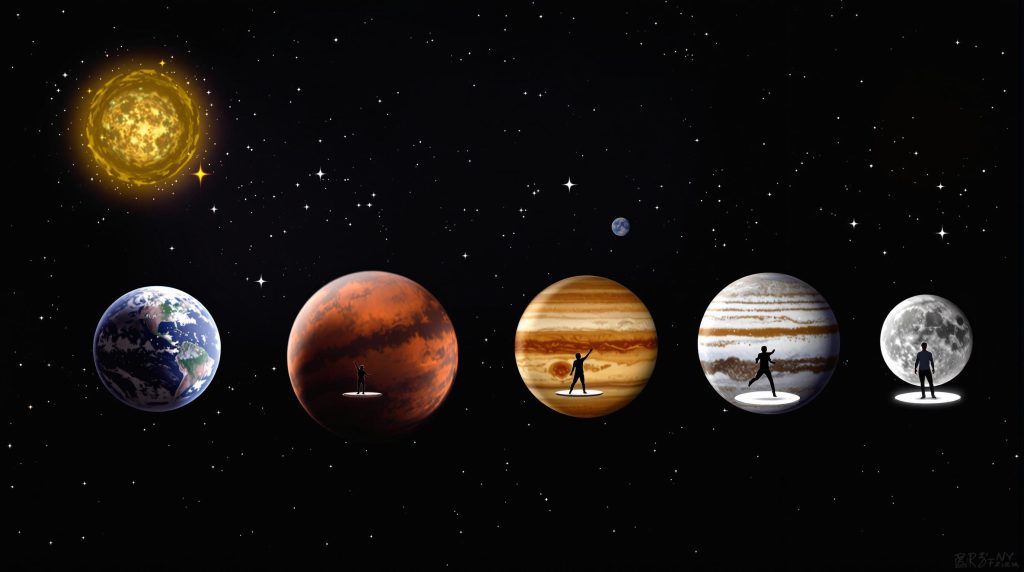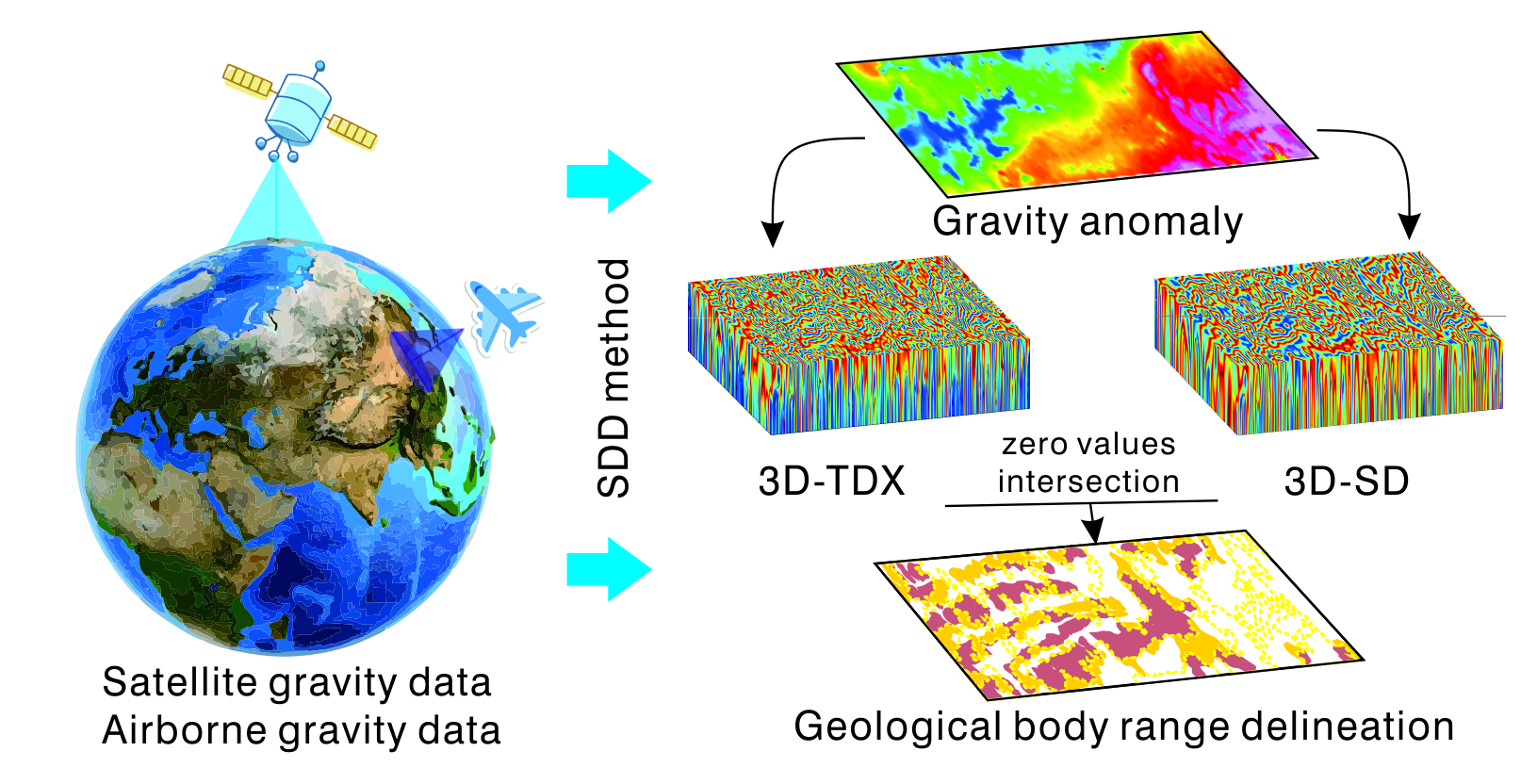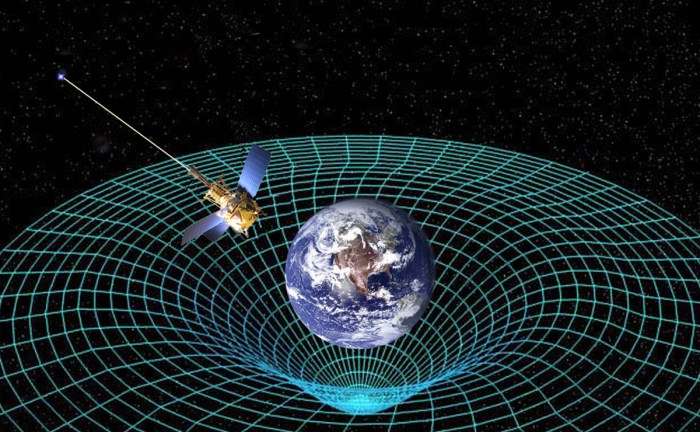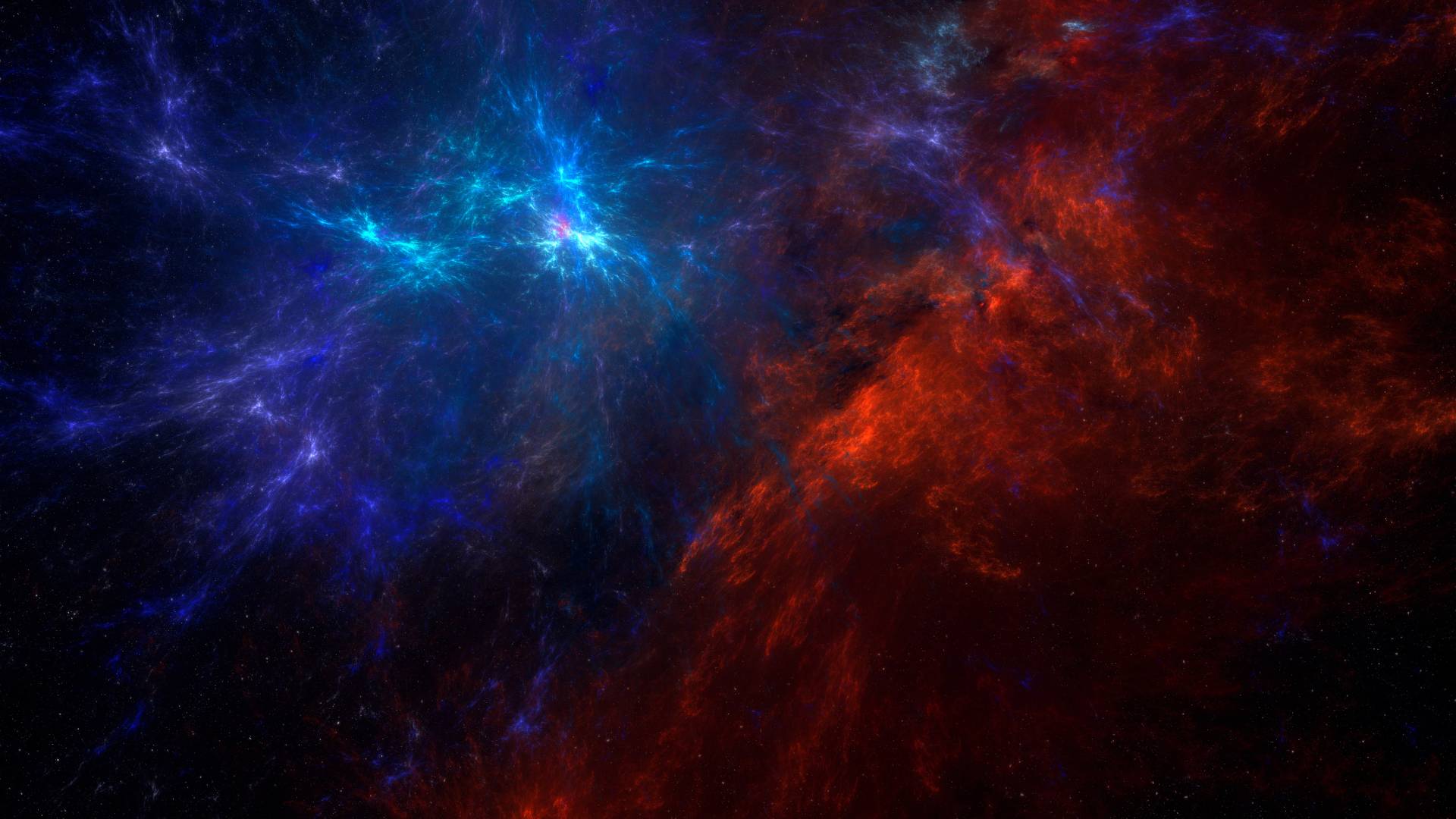Ever wondered why gravity different on other planets? This comprehensive article delves into the fascinating science behind gravitational variations across our solar system and beyond. Explore how mass, size, and density determine the gravitational pull of planets, the impact on atmospheres and space exploration, and why understanding these differences is crucial for future missions. Visit Spaceyv.com to uncover more space mysteries!
Gravity is one of the most fundamental forces in the universe. It keeps planets in orbit, determines the weight of objects, and profoundly influences life as we know it. But have you ever wondered why gravity varies so drastically on different planets? In this article, we’ll explore the gravity on different planets—what causes the variation, how it affects planetary conditions, and why it matters for space exploration.
What Determines Gravity on a Planet? ( Gravity Different on other planets )
The strength of gravity on any planet depends primarily on two factors:
- Mass: The more massive a planet is, the stronger its gravitational pull.
- Radius (Size): A planet’s size also matters. A smaller planet with the same mass as a larger one would exert a stronger gravitational force because the mass is concentrated over a smaller area.
The equation governing gravity, g=GMR2g = \frac{GM}{R^2}, where GG is the gravitational constant, MM is the planet’s mass, and RR is its radius, shows how these factors interplay to produce varying gravitational forces.

Gravity on Planets in Our Solar System
Here’s how gravity differs across the major planets:
Mercury
- Gravity: 3.7 m/s² (38% of Earth’s gravity)
- Why So Weak? Mercury is small and has a low mass, resulting in weaker gravity.
Venus
- Gravity: 8.87 m/s² (90% of Earth’s gravity)
- Similar to Earth: Despite being slightly smaller, Venus has a similar density, leading to gravity nearly as strong as Earth’s.
Earth
- Gravity: 9.8 m/s²
- Why Unique? Earth’s balance of size and mass makes its gravity optimal for life as we know it.
Mars
- Gravity: 3.71 m/s² (38% of Earth’s gravity)
- Impact on Exploration: Mars’ weaker gravity affects spacecraft landing and human mobility.
Jupiter
- Gravity: 24.79 m/s² (2.53 times Earth’s gravity)
- A Giant Force: Jupiter’s immense mass makes its gravity the strongest in the solar system.
Saturn
- Gravity: 10.44 m/s² (107% of Earth’s gravity)
- Surprising Fact: Despite its massive size, Saturn’s low density moderates its gravity.
Uranus
- Gravity: 8.69 m/s² (89% of Earth’s gravity)
- Why Similar to Venus? Uranus’ size and mass produce gravity similar to Earth’s and Venus’.
Neptune
- Gravity: 11.15 m/s² (114% of Earth’s gravity)
- The Ocean Planet: Its strong gravity is due to its massive size and dense composition.
On which planet is gravity strongest?
Gravity is strongest on Jupiter, the largest planet in our solar system.
- Gravitational Strength: Jupiter’s surface gravity is 24.79 m/s², which is about 2.53 times stronger than Earth’s gravity.
- Why So Strong? Jupiter’s immense mass (more than 318 times that of Earth) contributes to its powerful gravitational pull, even though it is made mostly of gas.
- Effects: This strong gravity has a significant impact on its moons, shaping their orbits and tidal forces, as well as capturing a vast number of asteroids and comets into its orbit.
Jupiter’s gravity plays a vital role in protecting inner planets, including Earth, by deflecting or capturing objects that could pose a threat.

Why Does Gravity Matter?
1. Planetary Atmospheres
Gravity plays a significant role in determining whether a planet can retain an atmosphere.
- Planets with low gravity, like Mercury, cannot hold onto gases, leaving them barren.
- Stronger gravity, like on Venus or Jupiter, allows these planets to maintain dense atmospheres.
2. Impact on Human Physiology
- Prolonged exposure to weaker gravity (e.g., Mars) could lead to bone density loss and muscle atrophy.
- High gravity environments (e.g., Jupiter, hypothetically) would make human movement nearly impossible.
3. Space Exploration Challenges
- Landing and takeoff from planets with stronger gravity require significantly more fuel and energy.
- Conversely, weaker gravity makes it easier for spacecraft to leave the surface.
Gravity on Exoplanets
Beyond our solar system, exoplanets—planets orbiting other stars—exhibit even more dramatic gravitational differences.
- Super-Earths: Planets larger than Earth but smaller than Neptune often have stronger gravity.
- Mini-Neptunes: These planets may have thick atmospheres and weaker surface gravity despite their size.
Understanding the gravity of exoplanets is critical for determining their habitability and the feasibility of future colonization efforts.
How Do We Measure Gravity on Other Planets?
Space agencies like NASA use a combination of methods to calculate gravity:
- Orbital Dynamics: Observing how moons or spacecraft orbit the planet.
- Surface Missions: Landers equipped with gravimeters measure gravity directly.
- Mathematical Models: Scientists use a planet’s mass and radius to estimate gravitational strength.
Where on Earth is gravity weakest?
Final Thoughts: Exploring the Gravity on Different Planets
The varying gravity across the planets offers insights into their composition, potential for life, and challenges for exploration. From the crushing pull of Jupiter to the feather-light gravity on Mercury, these differences shape the unique character of each world.
As humanity ventures further into the cosmos, understanding these gravitational nuances will be essential for safe and efficient exploration. Want to dive deeper into such space mysteries? Visit Spaceyv.com for more captivating articles and insights about our universe.
References
NASA: Planetary Gravity Overview
https://solarsystem.nasa.gov
ESA: Gravitational Forces in Space Exploration
https://www.esa.int
University of Colorado: Gravity’s Impact on Planets
https://www.colorado.edu
Let Spaceyv.com be your go-to guide for all things space!



